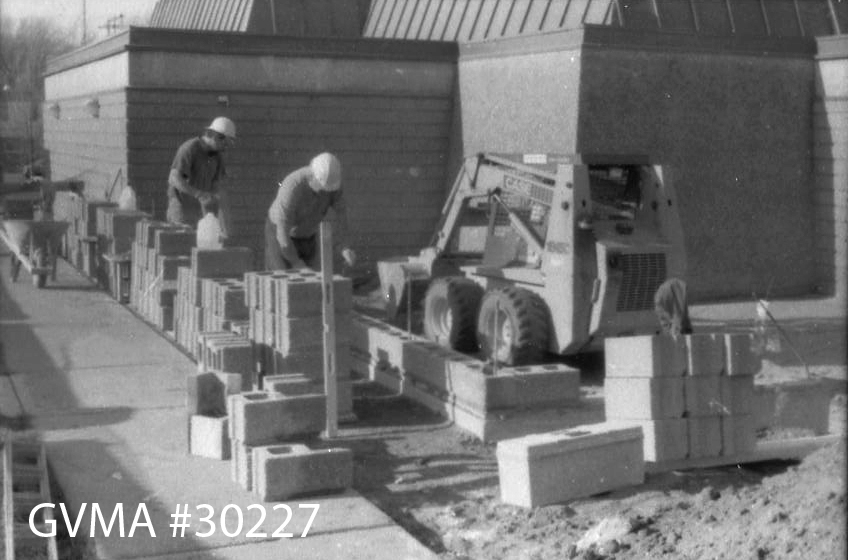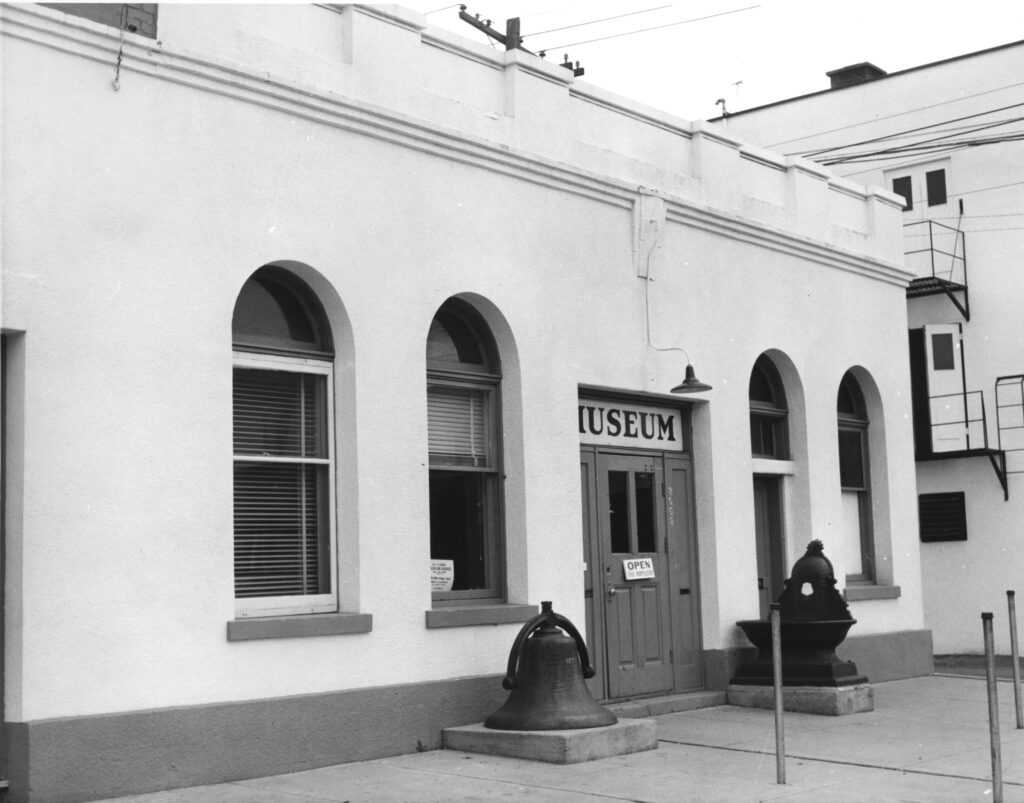

The MUseum & Archives is formed
How does the growth of an archival collection progress with time? While the specifics vary by institution, in the instance of the Vernon Archives, its collection has evolved organically since the organization’s inception in 1950.
That year marked the inception of the museum, initiated by the City of Vernon around a collection of mounted specimens bequeathed by W. C. Pound, a taxidermist. Spearheaded by former Mayor David Howrie and cabinetmaker Charles Haines, initial museum displays were housed in a back room of W. L. Seaton School.
In 1954, the City formed a board of directors to oversee the museum’s operations, with George H. Melvin as chairman and Guy P. Bagnall as secretary-treasurer. Concurrently, a committee was established to manage the archival aspect of the organization, and the first board meeting convened on January 12, 1955.
The Archival collection grows

Later that year, the burgeoning archival collection received its first batch of records from the Vernon & District Women’s Institute, established in 1916 to support wartime endeavors. These records, comprising minutes, financial documents, and logbooks, were followed by contributions documenting the life of Alexander L. Fortune, an early pioneer who arrived in the region in 1862 with the Overlanders. This subsequent donation included correspondence and a manuscript containing Fortune’s personal reflections.
Between 1955 and 1987, 5000 photographs were donated to the archival collection, and another 5000 arrived between 1897 and 1991. One of the earliest ones that arrived into the collection shows taxidermist Pound next to the mounted head of a moose. In 2024, the photograph collection encompasses over 31,000 items.
A much-needed expansion

The collection’s growth necessitated relocation over the years, first to the former police station and magistrate’s court in 1956, and then to its present location in 1966. By 1992, space constraints became apparent as the archival collection outgrew its allocated 200 square feet, with stacks of boxes filling the area. Donations from local artist Sveva Caetani, the Vernon Daily News, and historian Margaret Ormsby exacerbated the issue.
But these important historical materials could not be turned away, and so, the Vernon Archives Expansion Project commenced in 1999, resulting in the addition of a dedicated archival office space and vault, and expanding the area by over 700 square feet. The vault now safeguards Vernon’s historical records in a fire-proof and climate-controlled environment.
The Vernon Archives remains committed to actively gathering the narratives of Vernon’s residents, with a particular focus on collecting the records of underrepresented communities. This dedication ensures that the archives will continue to expand and evolve over time.
To explore more of Vernon’s history, check out our other blog posts!
Gwyneth Evans, Head of Archives
